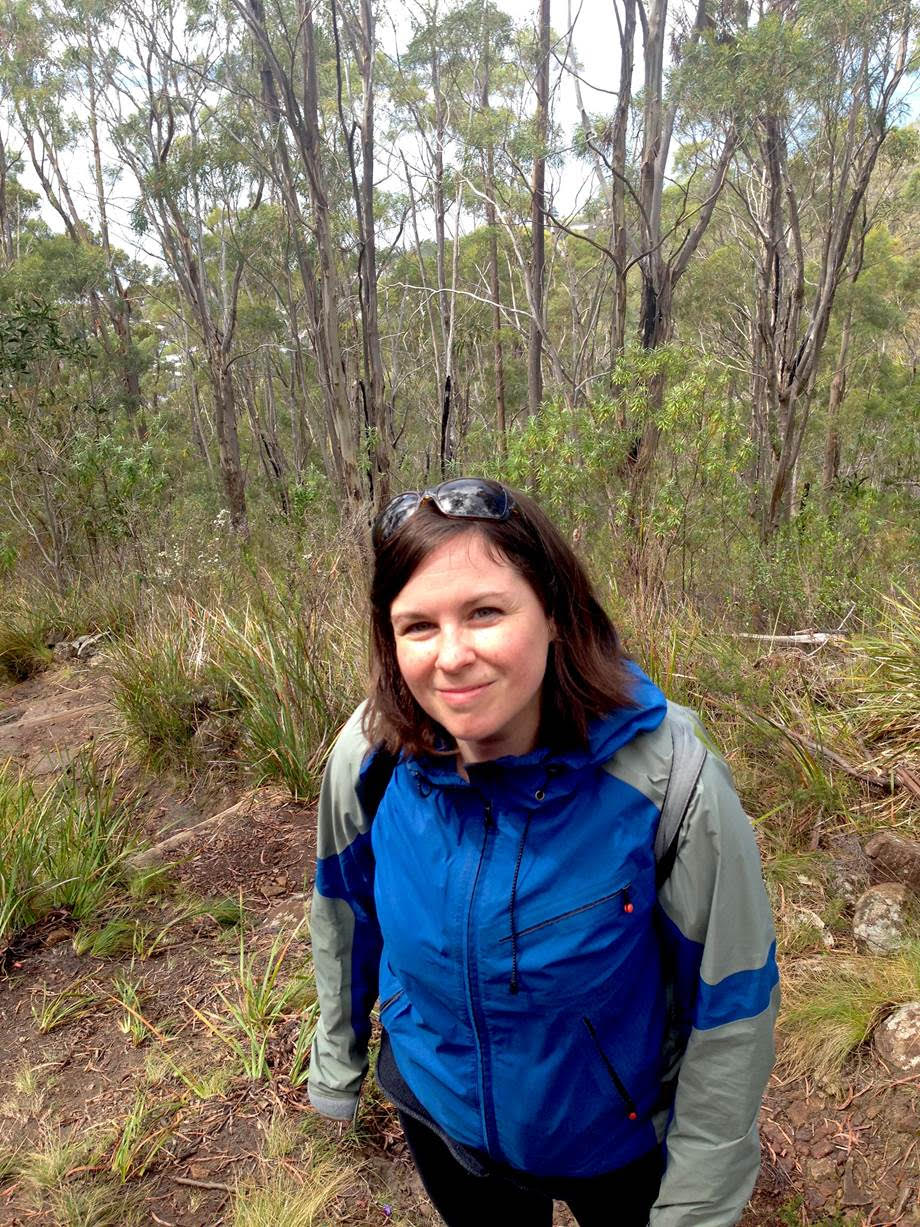Predicting Abundance And Body Size Distribution, from Bacteria to Whales

Dr. Blanchard uses size-structured models to forecast how ecosystems respond to environmental change, from soil microbes to large predatory fish. Her dynamic work may give us the ability to predict how biomass of global fisheries, crops, and other important species might change in the future.
— Erin Winslow, Bren School PhD Student
ABSTRACT
Size spectrum models are emerging as powerful predictive tools in marine ecology. Can they be used to predict abundance and biomass for all ecosystems?
Predicting the consequences of human and environmental impacts on ecosystems requires models that accurately capture changes in abundance, biomass, and function through time. Over the past decade, there has been an explosion of dynamical size spectrum models that focus on how individual processes shape and change ecosystem structure and function. Most of these approaches have evolved as mechanistic explanations of Sheldon’s empirical (1972) hypothesis of equal log biomass in log size bins spanning 21 orders of magnitude in size from bacteria to whales in the open ocean. However, the first size-spectrum observation was actually discovered for terrestrial soil fauna. I synthesize and compare recent advances in theory and real-world applications of size spectrum models. Representation of species’ traits beyond body size and integration with observational data is enabling these models to tackle a much greater diversity of applications with possible extensions to terrestrial systems. I will discuss some of the key gaps and future research needed to achieve this goal.
BIO
Julia Blanchard is an Associate Professor in Ecology & Fisheries at the Institute for Marine and Antarctic Studies at the University of Tasmania and the Centre for Marine Socioecology. She and her research team are tackling a wide range of questions on how human activities and environmental change affect ecosystems and society. Her current research is focused on understanding and predicting the climate change impacts on marine food webs, from local to global scales, and the complex interactions and trade-offs that exist between marine and terrestrial ecosystems and global food systems.